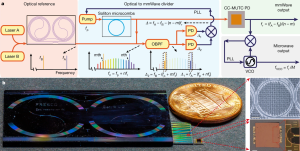-
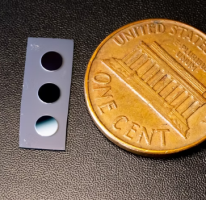
Quantum Microcomb Paper Published in Nature
Read NowScalability is one of the central challenges in practical universal quantum computing. Frequency combs can be used to scale up the number of quantum modes through multiplexing. In this work, we explored the deterministic quantum regime of microcombs, in which unconditional entanglements among hundreds of equidistant frequency modes can serve as critical ingredients to scalable universal quantum computing and quantum networking.
Click here to access the paper.
-
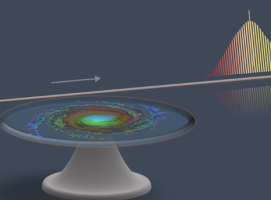
Octave Spanning Microcombs Published in Nature
Read NowThe spectral span is a critical metric for optical frequency combs. In this work, we report the broadest microcomb, whose spectrum ranges from visible to infrared wavelengths. To output such broad optical spectral from the microresonator to an optical fiber, the microresonator is slightly deformed to allow chaotic motion in the resonator to move the photons from the resonator to the optical fiber.
Click here to view the article on Nature.
-
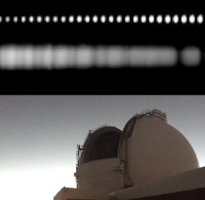
Astrocomb Research Published in NASA and in Nature
Read NowWe built a laser frequency comb to assist in measuring the stellar wabbling caused by its planets. The velocity of the stars that are thousands of light years away from us, can be measured down to 30 cm/s accuracies. The system was tested in the NASA IRTF telescope and W.M. Keck Observatory, Hawaii.
Click here to read on NASA.
Click here to read the paper on Nature.
-
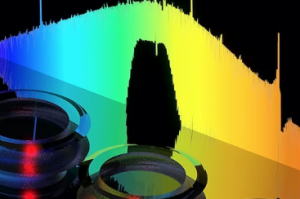
Soliton Microcombs Paper Published by Optica
Read NowA silica microresonator converts a single wavelength pump laser into thousands of equal distance mode-locked laser lines. Numerous applications could benefit from this soliton frequency comb, including optical clock, super GPS, astronomical calibration and etc.
